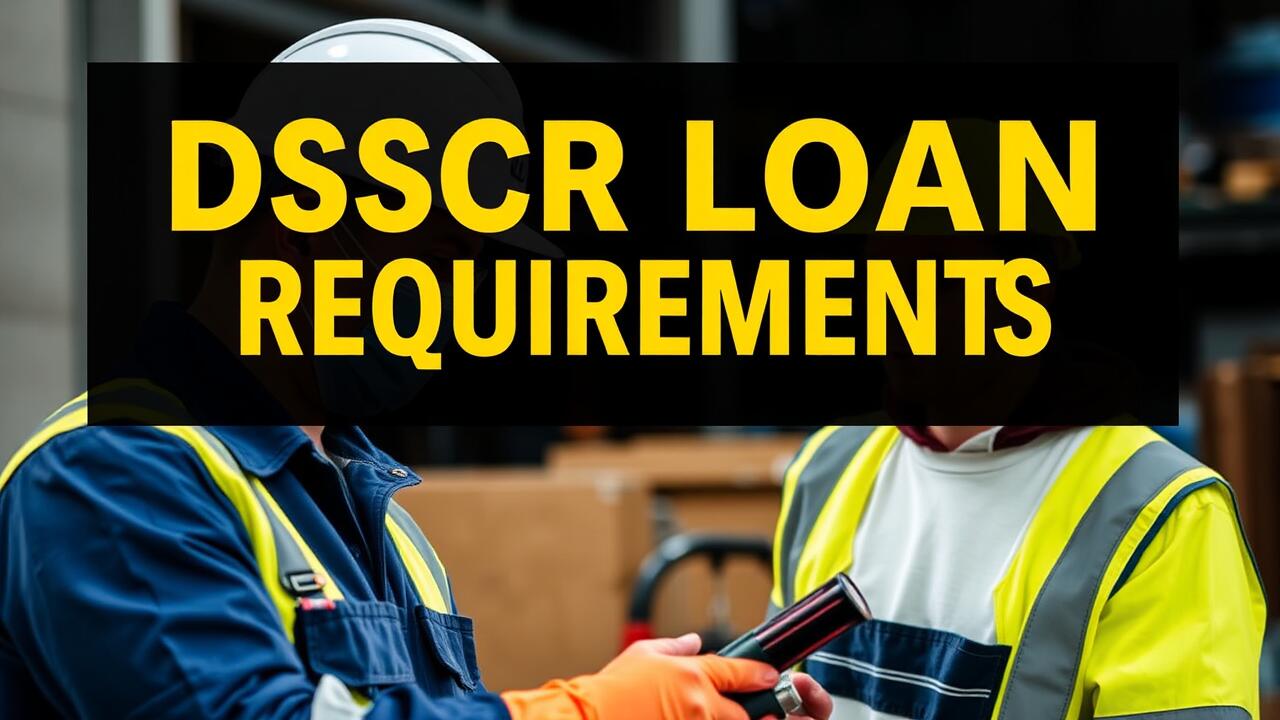
Table Of Contents
Potential Risks of Low Down Payments
Choosing a low down payment for a DSCR loan can present several risks that borrowers should be aware of. A smaller initial investment often leads to higher loan-to-value ratios, which can make lenders wary. This heightened risk can result in less favorable interest rates or stricter terms during approval. Additionally, minimal equity can place borrowers in a vulnerable financial position if property values decline, potentially leading to situations where they owe more than the asset is worth.
Financial health can also be compromised when opting for a low down payment. With a higher loan amount, monthly payments increase, which can strain budgets and limit cash flow. Borrowers may find it challenging to cover unexpected expenses or invest in necessary property improvements. Understanding the DSCR loan requirements is crucial, as these considerations can ultimately affect long-term stability and investment profitability.
Consequences on Loan Approval and Financial Health
A low down payment can significantly impact your ability to secure a DSCR loan. Lenders often impose stricter scrutiny on borrowers who contribute less upfront. This can lead to higher interest rates or even the rejection of your application. Insufficient equity at the start of the loan means there is less of a cushion against property value fluctuations, which can further deter lenders.
Beyond potential loan approval challenges, a low down payment can strain your financial health. Monthly payments will likely be higher, as the loan amount increases without the benefit of a substantial initial investment. This scenario can lead to stress on your budget, increasing the risk of default. Borrowers must carefully consider these implications when assessing their readiness to meet the DSCR loan requirements.
Alternative Financing Options
When considering alternatives to traditional financing, it's important to explore various loan products that cater to investors. Options like FHA loans and portfolio lenders can provide flexibility, especially for those looking to reduce their down payment. These alternatives often come with their own set of stipulations, which can differ from standard mortgage routes. Potential borrowers should thoroughly evaluate the DSCR loan requirements to ensure that these options align with their financial strategies and investment goals.
Another avenue worth investigating is private lending. This type of financing may bypass some conventional requirements, appealing to real estate investors who may not meet traditional credit or income criteria. While private loans can come with higher interest rates, they offer speed and ease in approval, allowing investors quicker access to capital. Understanding the nuances of the DSCR loan requirements can further help in selecting the right financing option that meets individual needs.
Exploring Low-Down Payment Alternatives
Investors seeking alternatives to traditional high down payment options may find various low-down payment financing solutions beneficial. These alternatives provide a gateway for those looking to enter the real estate market without depleting savings or investing substantial capital upfront. Lenders often offer different programs tailored to specific borrower profiles, which can lead to more favorable DSCR loan requirements. These options might include programs designed for first-time buyers, FHA loans, or even certain proprietary lender offerings.
It’s important for potential borrowers to assess the long-term implications of choosing a low down payment option. While lower upfront costs can ease the entry into property investment, they may lead to higher monthly payments and an increased dependence on rental income for debt servicing. Careful analysis of personal financial health is essential to ensure alignment with the specific DSCR loan requirements, thus ensuring a sound investment strategy without compromising future financial stability.
Calculating Your Ideal Down Payment
Determining the ideal down payment for a property purchase requires a careful assessment of your financial situation. Factors to consider include your income, existing debts, and overall financial goals. For investors looking into real estate, understanding the DSCR Loan Requirements is crucial, as lenders often want to see a debt service coverage ratio that indicates a healthy balance between income generated from the property and the associated debt obligations. This ratio not only influences potential approval but also affects the amount of down payment needed.
To calculate an appropriate down payment, start by examining the purchase price of the property. A common recommendation is to aim for 20% to avoid private mortgage insurance (PMI), though lower options might be available depending on the lender. Your financial position should guide the choice, with a focus on maintaining liquidity while satisfying the DSCR Loan Requirements. Computing your ratios accurately ensures a clearer picture of both your immediate affordability and long-term investment prospects.
Formulae to Determine Your Financial Position
Understanding your financial position is crucial when considering a down payment for a DSCR loan. One useful formula is calculating your debt-to-income (DTI) ratio. This is done by dividing your monthly debt obligations by your monthly gross income. A lower DTI indicates a healthier financial situation, which can improve your chances of meeting the DSCR loan requirements.
Another important calculation involves assessing your cash reserves. Lenders typically prefer borrowers who have enough savings to cover several months of mortgage payments. To find your reserve ratio, calculate your total liquid assets and divide that by your monthly expenses. A higher reserve ratio can provide reassurance to lenders about your ability to handle unforeseen expenses while still meeting DSCR loan requirements.
FAQS
What is a DSCR loan?
A Debt Service Coverage Ratio (DSCR) loan is a type of financing that assesses a borrower's ability to generate sufficient income to cover their debt obligations, often used in real estate investments.
How much down payment is typically required for a DSCR loan?
The down payment needed for a DSCR loan can vary, but it often ranges from 20% to 30% of the property's purchase price, depending on the lender and the borrower's financial profile.
What are the risks associated with making a low down payment on a DSCR loan?
Low down payments can increase the risk of loan approval issues, lead to higher monthly payments, and may result in unfavorable loan terms, affecting overall financial health.
Are there alternative financing options available if I can't afford a large down payment?
Yes, there are several low-down payment alternatives, such as FHA loans or portfolio loans, which may require a smaller down payment while still providing access to financing.
How can I calculate the ideal down payment for my DSCR loan?
To calculate your ideal down payment, consider your financial situation, including income, existing debt, and investment goals. A common formula involves assessing your expected rental income against your debt obligations to determine a suitable down payment percentage.




